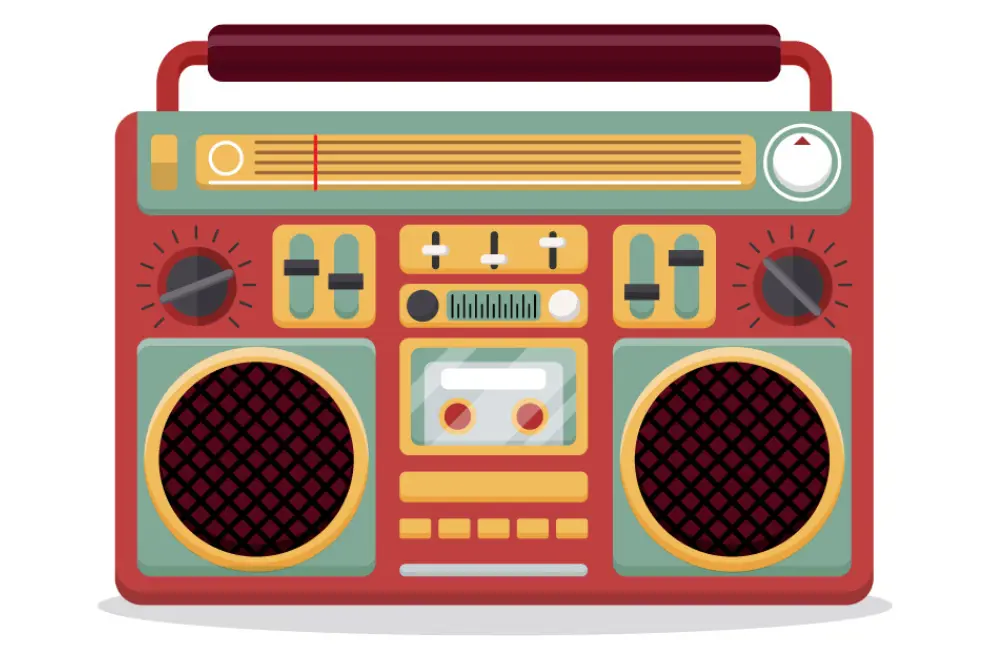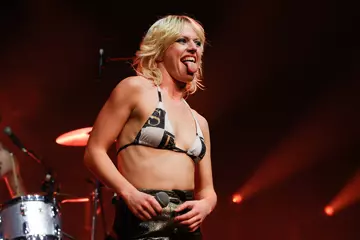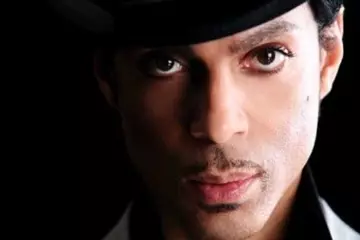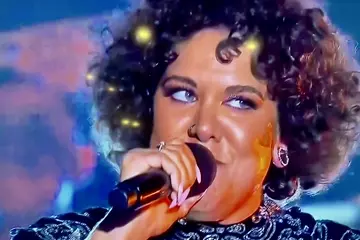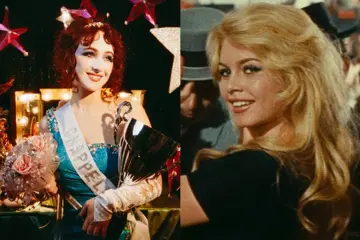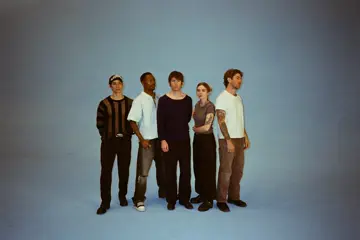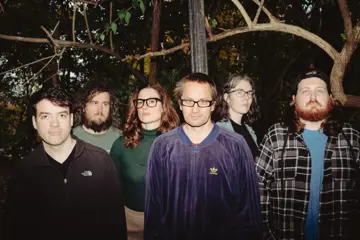Public hearings for a Senate inquiry began this week, addressing the future of the contentious one percent cap deciding how much commercial radio pays record companies and artists each year.
The two parties have been at loggerheads over the issue for the past 55 years. Before the hearings, the Senate Legal and Constitutional Affairs Committee received 50 submissions; they were mostly from music and radio executives but some came from law, union, mental health and copyright authorities.
“If multinational record labels are allowed to hike up radio’s music fees it would harm the sustainability of stations – particularly in regional and remote communities where local media has already diminished,” warned Ford Ennals, CEO of Commercial Radio & Audio (CRA). “Radio is already paying almost $40 million a year in fees – any increase to this would hurt radio, which in turn hurts music. Radio plays an important role in promoting and supporting Australian artists and music and we want this to continue.”
Music executives aren’t impressed with this near-$40 million figure. The music industry’s argument is that without their music, radio would have much fewer listeners. It cites the CRA’s own report Connecting Communities: The Economic And Social Contribution Of Commercial Radio And Audio In Australia, which acknowledged that 85 percent of listeners identified music as one of the main reasons they tuned in.
Figures from London-based global record company association IFPI showed that 63 percent of consumers won’t listen to radio without music.
“Legislation should not restrict the value of a sound recording, particularly when it puts our local recording artists at a disadvantage in their home market,” pointed out ARIA and PPCA CEO Annabelle Herd. “We are not asking to dictate unreasonable fees; we are simply asking for the right to fairly negotiate a correct rate recognising the work of recording artists.”
Too Costly
Don't miss a beat with our FREE daily newsletter
The cap came into being after radio convinced the Liberal Government it would be too costly to keep up with the legislated quota saying they had to program 25 percent Australian music. Meanwhile, the ABC had to pay no more than half a cent per person, or about $136,000 each year. That figure was set before the advent of the music dominating triple j and Double J, and not adjusted for inflation.
The cap stoush has come up at parliamentary inquiries in 1995, 2000 and 2013. In 2006, the Howard Government actually approved the removal, but the legislation was a dead end.
When ACT independent senator David Pocock introduced the Fair Pay For Radio Play bill in Parliament last winter, he maintained, “In the last financial year, commercial radio comprising 260 stations paid only around $4.4 million in royalties to artists and rights holders, some 0.4 percent of their gross earnings and less than some individual radio hosts are reportedly paid; while the ABC paid some $125,000 – less than their total travel budget for the year – for all music played on all ABC radio stations.”
Music Companies Say
For the music industry, the cap is archaic and only exists in Australia. It argues the market should set a rate to be monitored by the Copyright Tribunal.
Universal Music Australia’s President and CEO Sean Warner argued in his submission that global rates for use of recording in radio broadcasts range between 1.5 percent and seven percent, while it’s 0.4 percent in Australia. He said these “should be set by free-market negotiations” and without government intervention. Dan Rosen, President of Warner Music Australia & NZ, pointed out that this is how deals are made with the TV sector. “We simply ask that recording artists, and those who invest in them, be permitted to obtain fair market rates – like every other copyright owner in Australia,” he wrote.
Chris Maund, COO of Mushroom Labels and Mushroom Music Publishing, expressed concern how the cap hurts artists financially: “Artists signed to record labels receive 50 percent of the income paid by radio stations to play their sound recordings. As such the one percent cap is significantly reducing monies paid to our many struggling artists.”
An increased rate would allow labels to increase their investment in local artists, already struggling to break through the noise of streaming and social media, he said. “We are Australia’s leading independent record label, and we simply cannot continue to invest at anything like the same level in Australian artists as we have previously.” Mushroom spends $14 million a year on 60 local artists.
TMRW’s Duncan Collins revealed in his submission, “We invest close to $10 million a year in artists and events with the hope of turning some re-investable profits. We sign six-to-ten new artists a year to recordings and management.” Collins’ opposition to the cap lay in the fact that “radio has not invested anything material in our artists and is exploiting our content and deriving significant advertising revenue for using our sound recordings at a very low cost.”
UNIFIED Music Group COO Matthew Rogers maintained, “The ability to be paid fairly limits the artists’ ability to further invest in their own development including by creation of further recordings or other career development activities including export.”
The industry knows how much can be made by those when they develop international followings. Aussie acts generated nearly $250 million of revenue on Spotify in 2022, with 80 percent of those royalties generated from outside Australia. When Dance Monkey reached two billion streams on Spotify by the end of 2020, it made Tones And I an estimated $15 million. The track hit three billion streams last month on that platform alone.
Another point of discontent is the unfairness of the cap applying only to recording artists, and not to songwriters and composers, whose royalties are delivered through APRA AMCOS (unlike recordings which are through the PPCA).
For ARIA/PPCA’s Annabelle Herd, “Songwriters receive market rates, while the performers – like John Farnham, Kylie Minogue, Natalie Imbruglia and Jimmy Barnes – have their incomes restricted by a 55-year-old cap. And these are just the artists lucky enough to have achieved household-name status. While this cap exists, Australian recording artists vying to achieve the same level of success, in the most saturated market we have ever seen, are severely disadvantaged.”
The point was echoed by John Watson, who manages Birds Of Tokyo, Missy Higgins, Cold Chisel, Midnight Oil and The Presets. “This can lead to highly inequitable situations where a songwriter is paid significant more than the other members of their band with whom they performed the song,” he conveyed.
Radio Fires Back
Commercial radio’s stand is that the move to remove the cap is just a cash-grab by the recorded music industry, and an ungrateful one given that it gets free airplay and interviews and promotion of events, which in turn drive ticket and merchandising sales for artists.
CRA’s Ford Ennals contended, “PPCA wants the cap removed so it can increase fees by up to 900 percent. Yet there is no way of knowing how much of the existing fee we pay to PPCA is being distributed to the artists. We believe it could be as little as ten percent, while the rest is being pocketed by PPCA’s members, who are multinational record companies with combined revenues more than 40 times the size of the entire Australian radio industry.”
Nova Entertainment’s entry stated that “contrary to its suggestion, this Bill is not about protecting Australian artists. It is about further enriching multinational record companies.” It added that commercial radio further paid songwriters and composers $30 million a year.
Regional network Grant Broadcasters insisted, “We do not think that it is in anyone’s interests to remove Australian content quotas – neither the broadcaster, the music industry nor our listeners will benefit from equating our stations to unregulated media.”
The Media, Entertainment & Arts Alliance (MEAA), which represents both musicians and people working in radio, contended that the real imbalance of power in this issue did not lie with radio but with record labels and their acts. Paul Davies, its Campaigns Director, commented, “Record labels have historically wielded their commercial power over artists – and the performer rarely comes out on top. The impact of any fee increase should be weighed up against the effect it would have on local and regional radio.
“We need to look at the bigger picture – the vast majority of musicians are cut out of payment for broadcasted music by the record companies under the current system, so we are concerned about any potential of entrenching and expanding an unfair system.”
Under The Hammer
If some submissions to this week’s Senate hearings had testy tones, it’s due to the fact both sectors are under the hammer at the moment. Figures released in February 2024 showed that by the end of last year, Australian commercial radio reached a record 12.25 million listeners across five metro markets, listening for an average of 12 hours and 53 minutes per week. But ad revenue was down four percent to $673.25 million in five cities, calling the media market “tough”.
In the six months ending December 31, 2023, Austereo parent Southern Cross Media Group’s revenue fell by 2.9 percent to $252.6 million, and net profit was at $4.4 million, a 71.1 percent drop on the same period the year before.
Meanwhile, global record companies’ revenues are growing. This month, Universal Music Group announced its revenue for 2023 was up 7.4 percent to €11.1 billion ($18.5 billion AUD) from the previous year, and its profit margin widened to 11 percent. In the last quarter, Sony Music’s revenue grew 16 percent to 422.1 billion yen ($4.38 billion), and Warner Music Group’s revenue rose 17.5 percent to $1.75 billion USD ($1.69 billion).
But Universal still plans to cut “hundreds” of jobs in the first quarter of 2024, particularly in the music section, so it “can remain nimble and responsive to the dynamic market”. Warner also slashed 800 jobs, and BMG had a cull after revenues rose 11.5 percent to €414 million ($69.1 million) from last year. Sony is tipped to go that way with its recorded music staff as well, after sacking 900 from its gaming division.
Part of the reason, explained Billboard, is because the majors are shifting their workers from traditional roles like radio promotion to focus on streaming and social media, and investing in new markets in Asia, Africa and the Middle East.
“Businesses are repositioning themselves slightly to become more competitive,” Downtown Music president Peter van Rijn said. “The music industry is maturing. The digital growth is still there, but it’s slowing down.”
But even more, flushed with how streaming has escalated their business in recent years, Billboard said, its investors are demanding more bang for their buck. In other words, trim everything back to provide as much profit as possible. Whether this trimming sees cutting back on A&R activity or slashing of the roster – especially of small-to-medium acts – remains to be seen.

